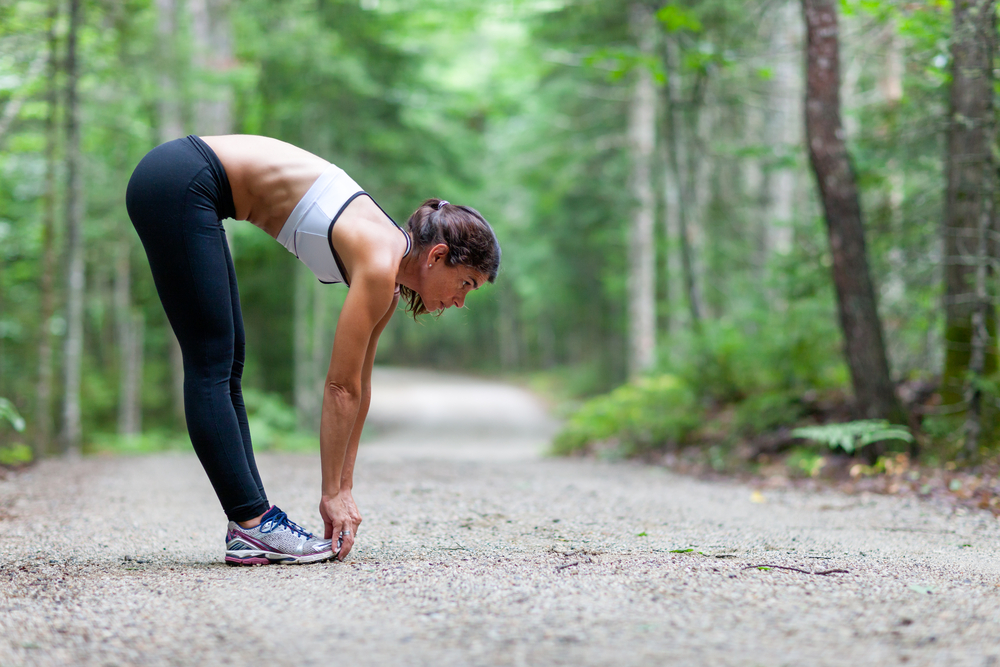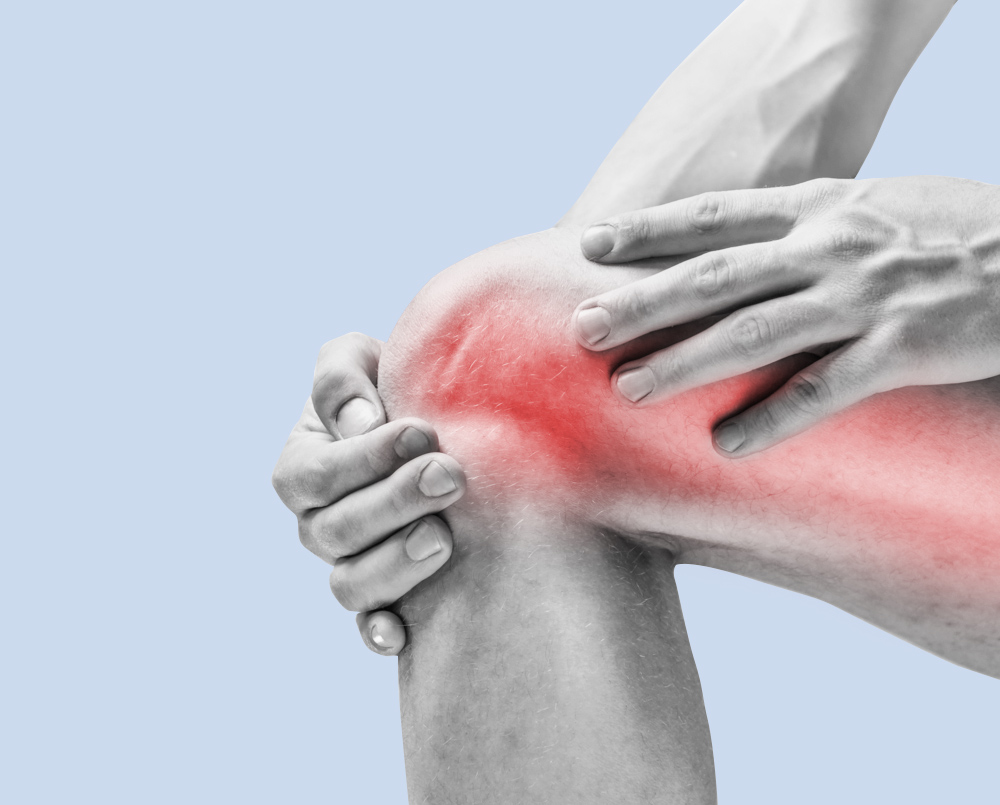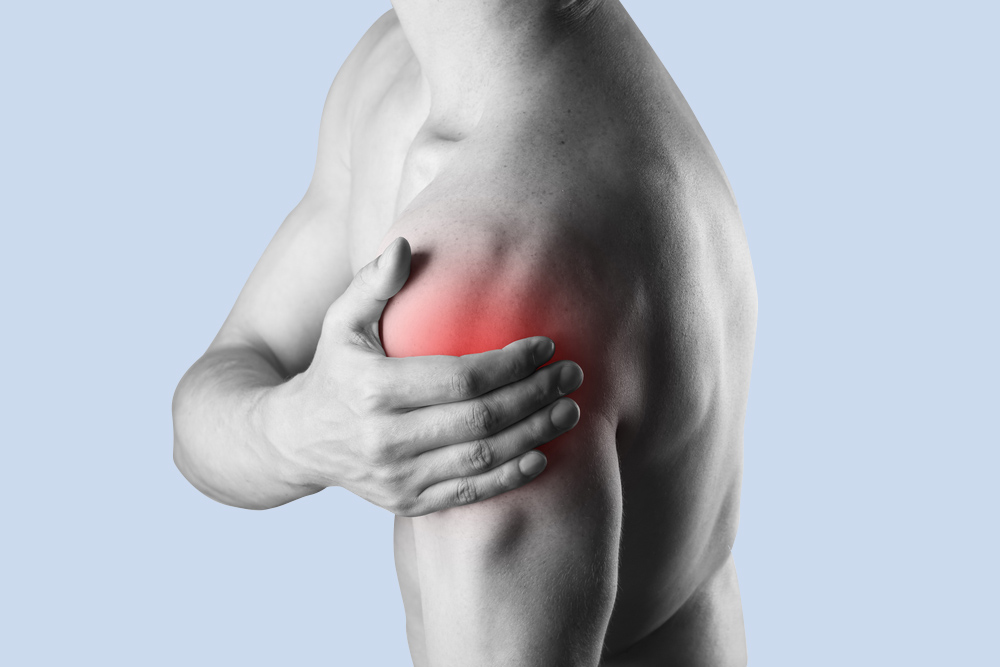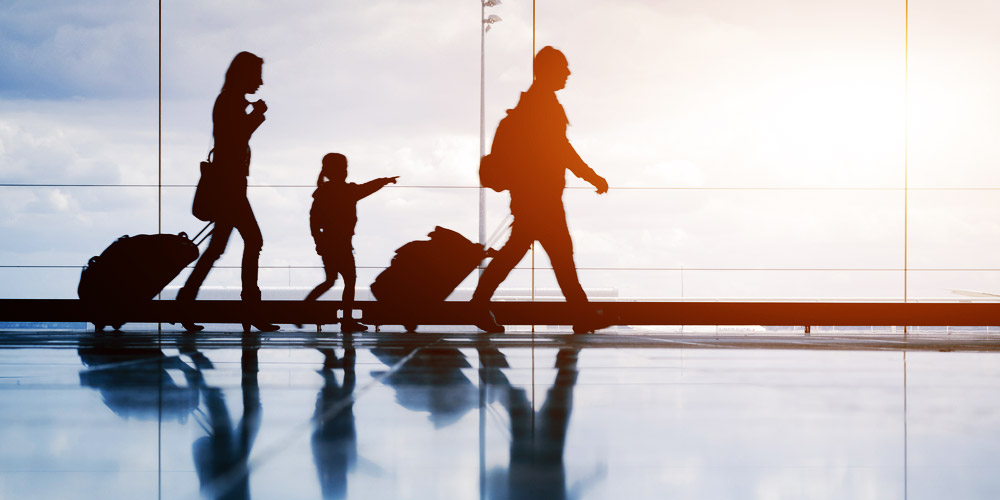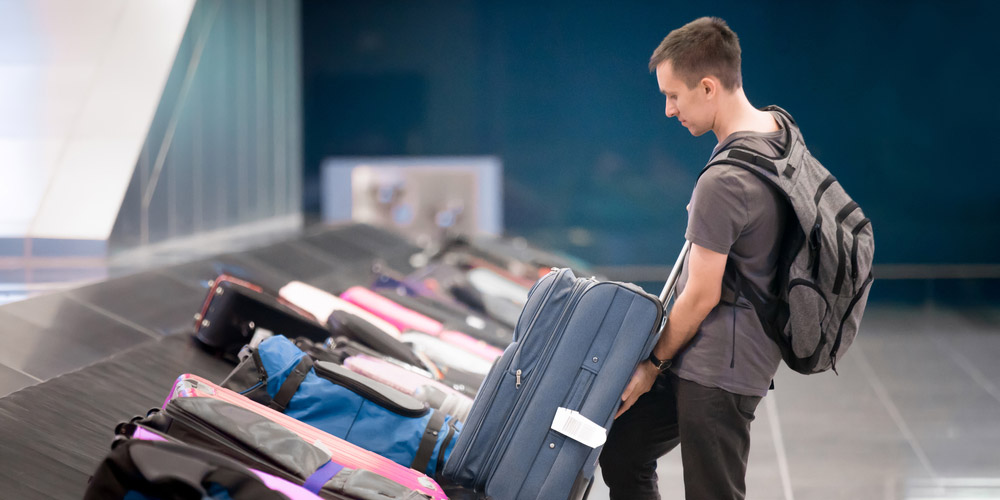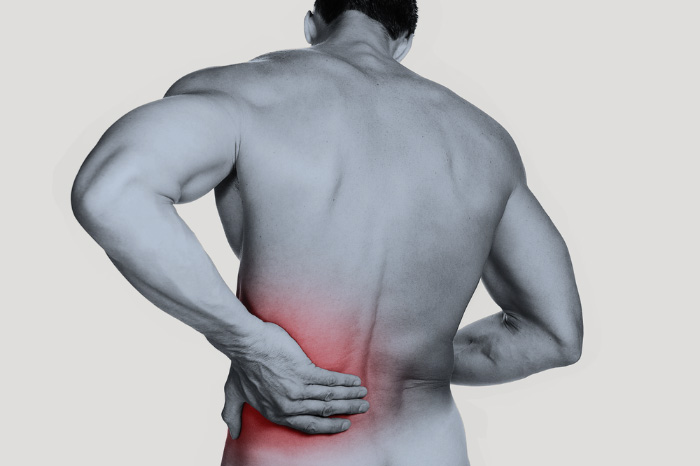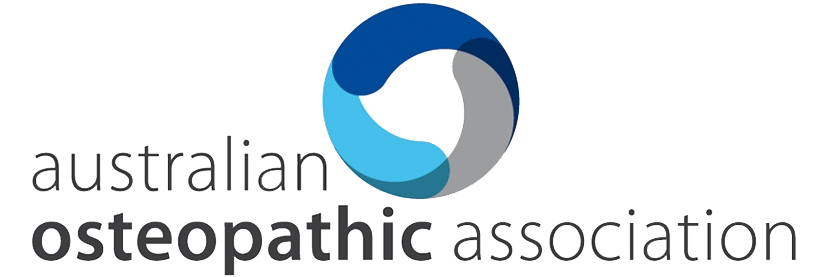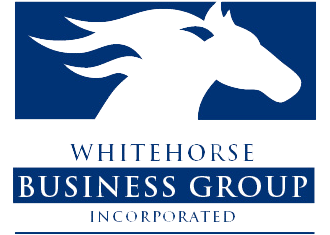How can Osteopathy help you during Pregnancy and Childbirth?
There are so many changes that come with pregnancy and childbirth. The ones that affect your body come quickly. Sometimes your body has difficulty adapting to that change. Osteopathy helps identify the changes and helps the body cope with those demands. Whether it be the effects of carrying an ever increasing load on your lower back, hips and feet or nursing a baby after birth, there are methods to help the body adapt even better.
Pregnancy is a time when the less unexpected surprises the better. Osteopathic treatment is subtle and gentle. It helps with many of the changes and effects of pregnancy. Some of these you may be aware of:
- Increasing weight on your lower back with an increased sway this can tighten up the low back muscles
- A wider stance posture. This can affect this hip muscles.
- Increase load on your legs coupled with flattening of the arches in the feet can increase tiredness
- As the baby grows it can demand more space and push upwards making breathing more shallow
- If there have been older injuries, these may be exacerbated with the changes mentioned above
Treatment to help the body cope with these changes is mostly gentle pressure point massage and gentle rocking and moving techniques. There will be times when you can no longer lie on your back. In which case there are all sorts of other positions that can help make you comfortable.
Having had training in this area during my undergraduate studies and practical experience since 1992, helps me work with clients allowing them to find relief both during and after the life changing process of pregnancy. If I can be of assistance, please get in contact.



